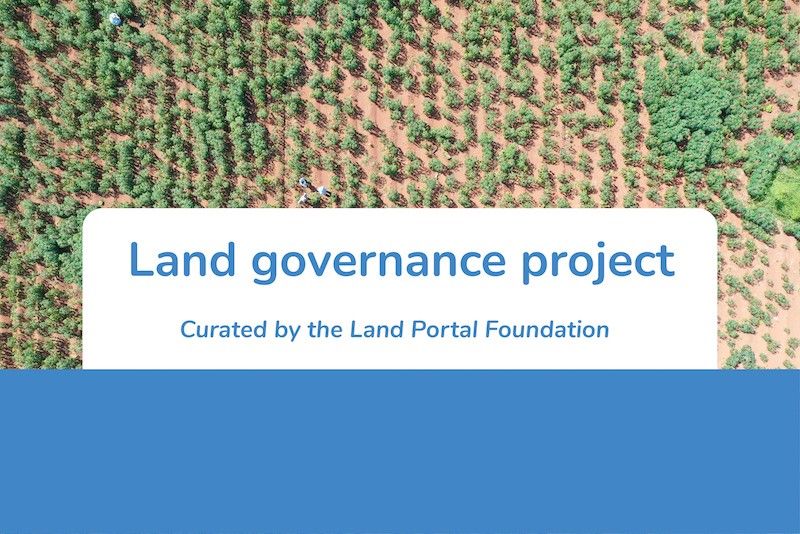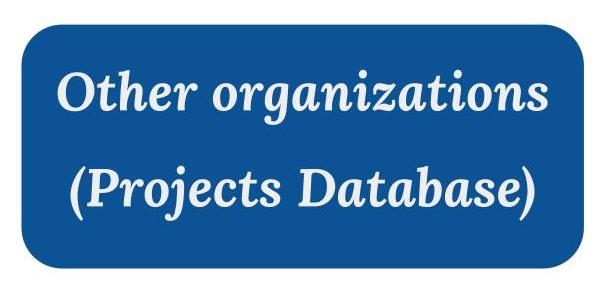Community / Land projects / Zambia - Lake Tanganyika Development Project
Zambia - Lake Tanganyika Development Project

€13448504.16
08/15 - 12/24
Completado
This project is part of
Implementing Organisations
Donors
Data Providers
General
The Lake Tanganyika Development Project (LTDP) is formulated within the framework of the Zambian Long Term Vision (known as Vision 2030) with which the country aims at becoming “A Prosperous Middle Income Nation by 2030”. It is an integrated project which aims at protecting the ecological integrity of the Lake Tanganyika basin and improve the quality lives of the basin population through provision of essential economic infrastructure and support to sustainable livelihoods of the people. The project will be implemented over a five-year period in two Districts, namely, Mpulungu and Nsama which are within the Lake’s catchment area and zone of influence of its basin. Its implementation will improve the fish (catch) supply in weight and value by up to 20-25% for the beneficiaries including fisher-folks (women and men) and small and medium enterprises (SME) along the fish value chain. The project will promote wider adoption of sustainable land, forest, and water management practices and technologies to reduce land degradation, deforestation and increase agricultural production. In addition, the project will facilitate the conservation and preservation of both wildlife and the unique heritage resources in the area specially the national park which has the potential to contribute to economic development in terms of among others, foreign exchange earnings, employment and income generation, government’s revenues and promotion of rural development as well as entrepreneurship. The estimated total project cost is USD 29.62 million.
Objectives
The Project’s development objective is: To improve the quality of livelihood of populations depending on the Lake Tanganyika and to protect the ecological integrity of the lake basin.” The project will unlock the potential of the lake's resources, which in turn will help increase the incomes of rural households through priority growth areas. Specifically, the project will promote sustainable and equitable management and use of the Lake’s natural resources; improving livelihoods of communities (within its catchment area) by supporting economic infrastructure, human resources development, market linkages and value chain development for natural resources products.
Target Groups
The estimated total number of direct beneficiaries is 70,000 people, 50% of which are women who are engaged in value addition/ marketing of fish catches. In addition, about 30,000 people will indirectly benefit from the Project along the commodity value chain development. About 1,000 rural youths, who presently lack employment opportunities, will be targeted by the Project through training and income generating activities.


